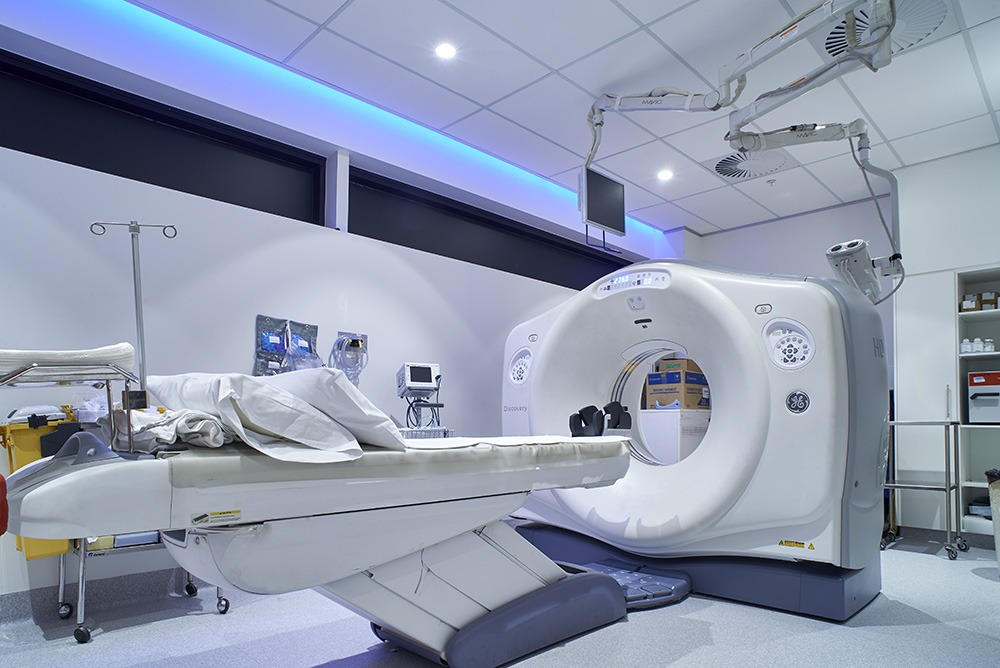In the healthcare industry, mastering a medical fitout is crucial in determining overall satisfaction and retention for your patients. Providing high-quality medical care is essential, but the environment in which care is delivered plays a significant role in shaping patients’ perceptions of their experience. A well-designed medical clinic fitout can significantly impact patient emotions, comfort, and overall satisfaction, ultimately influencing their decision to return to the facility for future care.
The design of healthcare space, from the reception and waiting areas to treatment rooms, should foster a sense of trust, calm, and reassurance for patients and their families. Strategic design choices can contribute to a more positive and engaging environment for patients and staff, enhancing the overall healthcare experience. Medical fitout experts are invaluable partners in the fitout process, as they possess the knowledge and expertise to ensure that healthcare facilities are designed with patient-focused principles in mind and adhere to healthcare-specific requirements and regulations.
Understanding Patient Experience
A patient’s experience encompasses all interactions with a healthcare provider or facility, from the moment they walk through the door to the completion of their treatment. Various factors influence patient experience, including the quality of care received, communication with healthcare professionals, and the overall environment in which care is delivered.
In Australia, the Australian Commission on Safety and Quality in Health Care has developed the National Safety and Quality Health Service (NSQHS) Standards to guide healthcare providers in delivering high-quality care and ensuring a positive patient experience to the highest standards. One of the critical domains within these standards is the “Partnering with Consumers” standard, which highlights the importance of involving patients in their care and providing a welcoming and supportive environment.
As Monica Benavides, Managing Director of Innova Group, states: “An approachable and unique front of house has a big impact on patient experience. A reception desk that is welcoming to patients either with a concierge type or a more accessible counter, as well as designing designated waiting areas for each type of patient. A kids’ section for young families as well as a business bench for busy patients, are key elements that will create an engagement with the target market of the practice. Integrating local elements from the community, like local artwork, murals or history of the suburb that identifies the community with the practice can have a significant impact on patient experience.”
Factors Influencing Patient Experience
Staff Interaction: The quality of communication and interaction between patients and healthcare staff is crucial in shaping the overall experience. Empathy, understanding, and clear communication can help patients feel more at ease and reassured during their visit.
Accessibility and Wayfinding: A well-designed healthcare facility should be easy to navigate, with clear signage and accessible routes for patients with mobility challenges. A confusing layout can create frustration and anxiety for patients and their families.
Waiting Times: Longer waiting times can negatively impact the patient experience. Efficient scheduling and patient flow management helps minimise waiting times, improving overall satisfaction.
The Role of a Medical Fitout in Patient Satisfaction and Retention
Creating a warm and inviting medical practice environment for patients is essential for fostering positive experiences and promoting patient satisfaction and retention. Thoughtful healthcare and medical fitouts play a significant role in shaping the atmosphere of a healthcare facility, ensuring that both functional and aesthetic considerations are addressed. Monica highlights the importance of careful planning and innovative design when embarking on a medical fitout project. She offers the following crucial advice for ensuring success:
- Seek early advice: Engage with a reliable delivery partner even before you sign a lease or acquire the tenancy. Conduct thorough due diligence to understand the base building constraints that could impact your budget and timeline.
- Embrace innovative practice design: Look beyond traditional models and consider alternative designs that promote a patient-centric approach, focusing on healing, efficient workflow, and the integration of modern technologies for improved care delivery.
- Establish a unique point of difference: Tailor the design to reflect the distinctive aspects of your services, emphasising elements that reinforce your business approach—whether that’s approachability, cutting-edge technology, multidisciplinary care, or a community-based focus.
Connection Between Interior Design and Patient/Staff Experience
The interior design of a healthcare facility profoundly impacts the emotions and experiences of patients and staff. A well-planned medical fitout creates visually appealing, calming, and comforting spaces while also being practical and functional. Effective lighting design, for instance, enhances the atmosphere, making rooms feel more inviting and comfortable. Ambient lighting, as well as task-specific lighting in treatment areas, contributes to a positive patient experience.
Comfortable, ergonomic furniture improves patient comfort during waiting periods and consultations. Additionally, selecting furniture with appropriate materials aids in infection control and maintains cleanliness. An efficient layout helps streamline patient flow and reduce waiting times, improving patient experience. Careful space planning ensures that essential functional areas, such as storage and staff workspaces, are adequately accommodated.
Creating a Warm and Inviting Environment for Patients
Designing healthcare fitouts that prioritises patient comfort and well-being improves overall satisfaction and retention. Biophilic design elements, such as natural materials, plants, and natural light, foster a soothing and calming atmosphere, promoting patient well-being and relaxation.
Colour schemes evoking feelings of calm and tranquillity, such as soft blues, greens, and neutrals, contribute to a positive patient experience. Providing amenities in waiting areas also makes patients feel more comfortable and valued during their visit. Offering waiting room perks, such as complimentary refreshments, Wi-Fi, and charging stations, enhances the overall experience.
By focusing on the design elements that contribute to a positive patient experience, providers create healthcare spaces that promote patient satisfaction and encourage loyalty to their facility. Implementing strategic medical fitouts, guided by healthcare-specific requirements and Australian regulations, ensures that healthcare design meets the unique needs of patients and staff alike.
The Impact of Healthcare Facility Design on Patient Emotions and Well-being
The design of a healthcare facility can directly impact the well-being and emotions of patients and staff. Research has shown that well-designed spaces can reduce stress, promote healing, and improve overall satisfaction. Key aspects of healthcare facility design that can influence patient emotions include:
- Natural Light: Spaces with ample natural light improve mood and reduce stress, contributing to a more positive patient experience.
- Colour: The use of colour in healthcare spaces can evoke different emotions. Soothing colours, such as blues and greens, can create a calming atmosphere, while warmer colours, like reds and oranges, can evoke feelings of energy and vitality.
- Noise Control: Excessive noise can lead to increased patient stress and anxiety. Effective noise control measures like soundproofing and acoustic panels help create a quieter and more relaxing environment.
- Privacy: Ensuring adequate privacy for patients during consultations and treatment can contribute to a sense of dignity and respect, leading to a more positive experience.
Working with Medical Fitout Experts
When designing and constructing medical fitouts, there are numerous potential pitfalls that could derail your project, waste valuable resources, and negatively impact your practice in the long run. From being locked into a long-term lease for an unsuitable property to engaging designers and contractors based solely on their cheapest quote, we’ll help you navigate these challenges to ensure a successful and functional medical fitout that meets the needs of your practice and its patients. Additionally, we will emphasise the importance of long-term planning to provide stability and minimise disruptions to your practice.
If you’re considering a medical centre fitout, dental fitout, or any other healthcare construction and design project, contact Space for Health, Australia’s leading medical building specialist. Our team of expert health planners, architects, interior designers, and project managers are dedicated to creating exceptional healthcare spaces that prioritise patient experience. Contact us today to discuss your healthcare facility design and construction needs.



